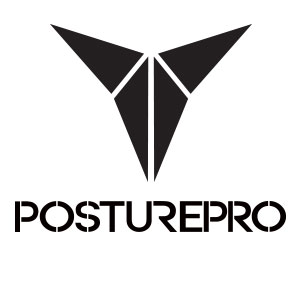Grow Your Calves: The Ultimate Guide to Strong and Toned Calf Muscles
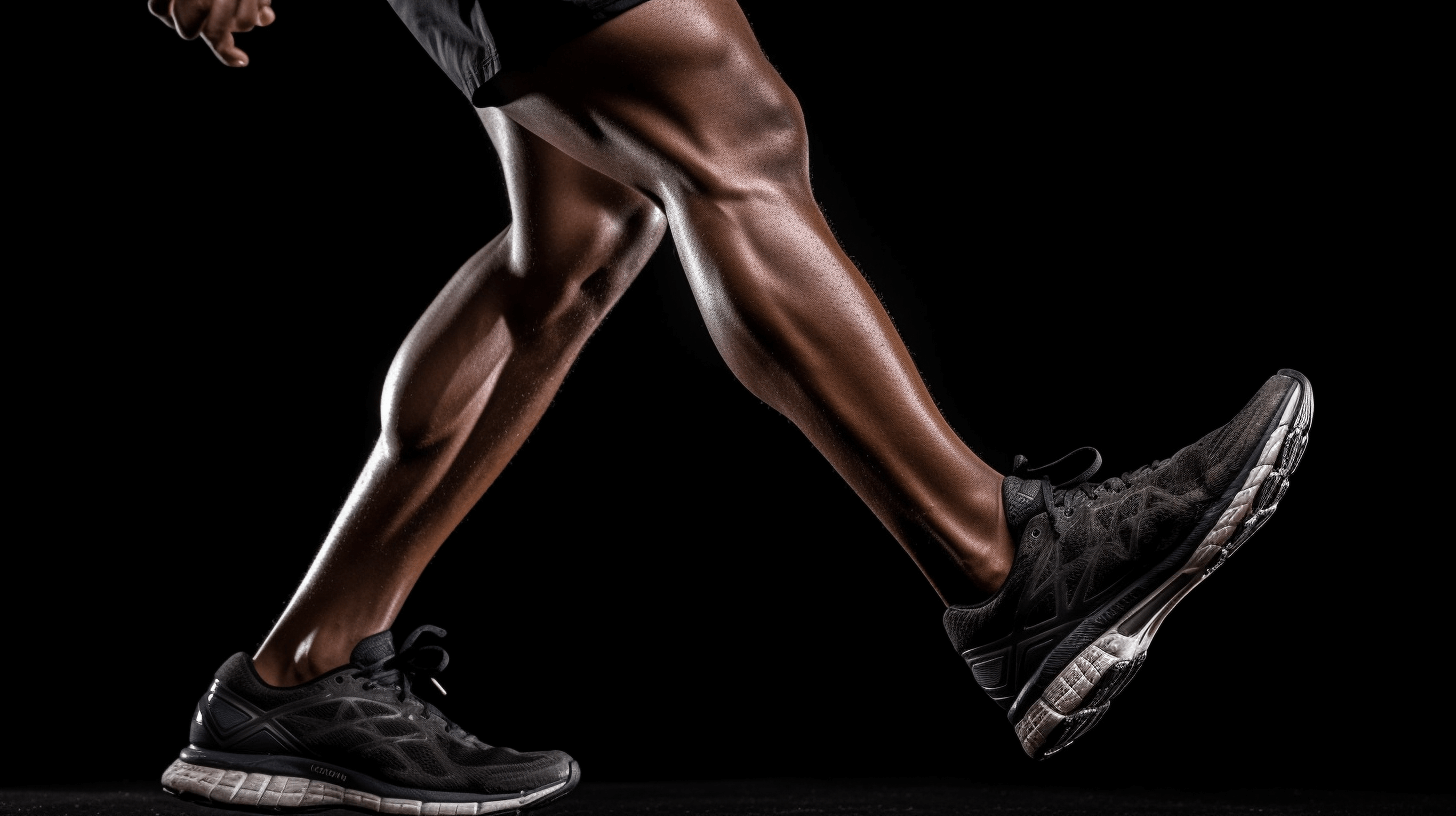
Are you looking to transform your calves into a powerful and sculpted asset? If so, you’ve come to the right place. In this comprehensive guide, we will take you on a journey to unlock the secrets of growing your calves into strong and toned muscles that command attention. From understanding the calf muscle anatomy to discovering the best exercises, diet tips, and injury prevention strategies, we’ve got you covered. So, let’s embark on this exciting adventure and embark on the path to powerful calves.
Top Calf Exercises for Strong Muscles
Anatomy of the Calf Muscles
Understanding the anatomy of your calf muscles is crucial. The calf consists of two main muscles: the gastrocnemius and the soleus. The gastrocnemius is the larger, more visible muscle, while the soleus lies beneath it, providing stability. Both muscles need targeted training for balanced development.
Benefits of Strong Calf Muscles
Strong calf muscles offer more than just aesthetics. They improve balance, stability, and prevent injuries. Whether you’re an athlete or a fitness enthusiast, powerful calf muscles are essential for peak performance.
Seated Calf Raises
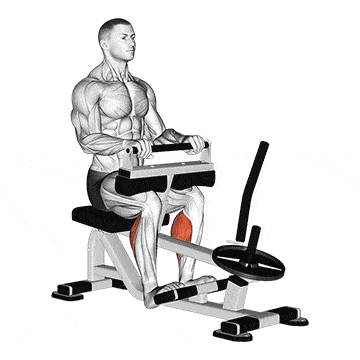
Target the soleus muscle with seated calf raises. Sit on a bench, place a weight on your thighs, and raise your heels as high as you can. Lower them and repeat. This exercise helps build depth and definition.
Exercise Instructions
Muscle Focus: Soleus
Assisting Muscles: Gastrocnemius
Exercise Type: Isolation
Movement: Push
Starting Position
1. Begin by sitting in the calf raise machine.
2. Place the balls of your feet on the foot platforms, ensuring your heels hang off the edge.
3. Position your thighs under the lever pads and adjust them to comfortably support your thighs.
4. Slightly lift the lever and release the safety bar, allowing the lever to move freely.
5. Hold onto the handles for support.
Execution
1. Inhale as you lower the lever in a controlled manner until you feel a stretch in your calf muscles.
2. Hold this stretched position for a count of one.
3. Exhale as you raise the lever by pushing through your forefeet and raising your heels.
4. Hold the raised position for a count of two.
5. Repeat the motion.
Completion
1. Once you’ve completed your repetitions, secure the lever using the safety bar.
Additional Tips
– Holding the stretch for one count before lifting the lever back up helps dissipate the elastic energy in your Achilles tendons, preventing you from relying on this energy to bounce the lever.
– If you notice a difference in calf size, perform the exercise one leg at a time, starting with the smaller leg, to promote balanced size and strength.
– Remember that your calf is composed of the soleus (targeted in this exercise) and the gastrocnemius (assisting muscle). In seated calf raises, the emphasis is on the soleus, while in standing calf raises, the focus shifts to the gastrocnemius.
– Strengthening your soleus can contribute to the appearance of larger gastrocnemius muscles, as the latter sits atop the former in your calf anatomy.
Standing Calf Raises
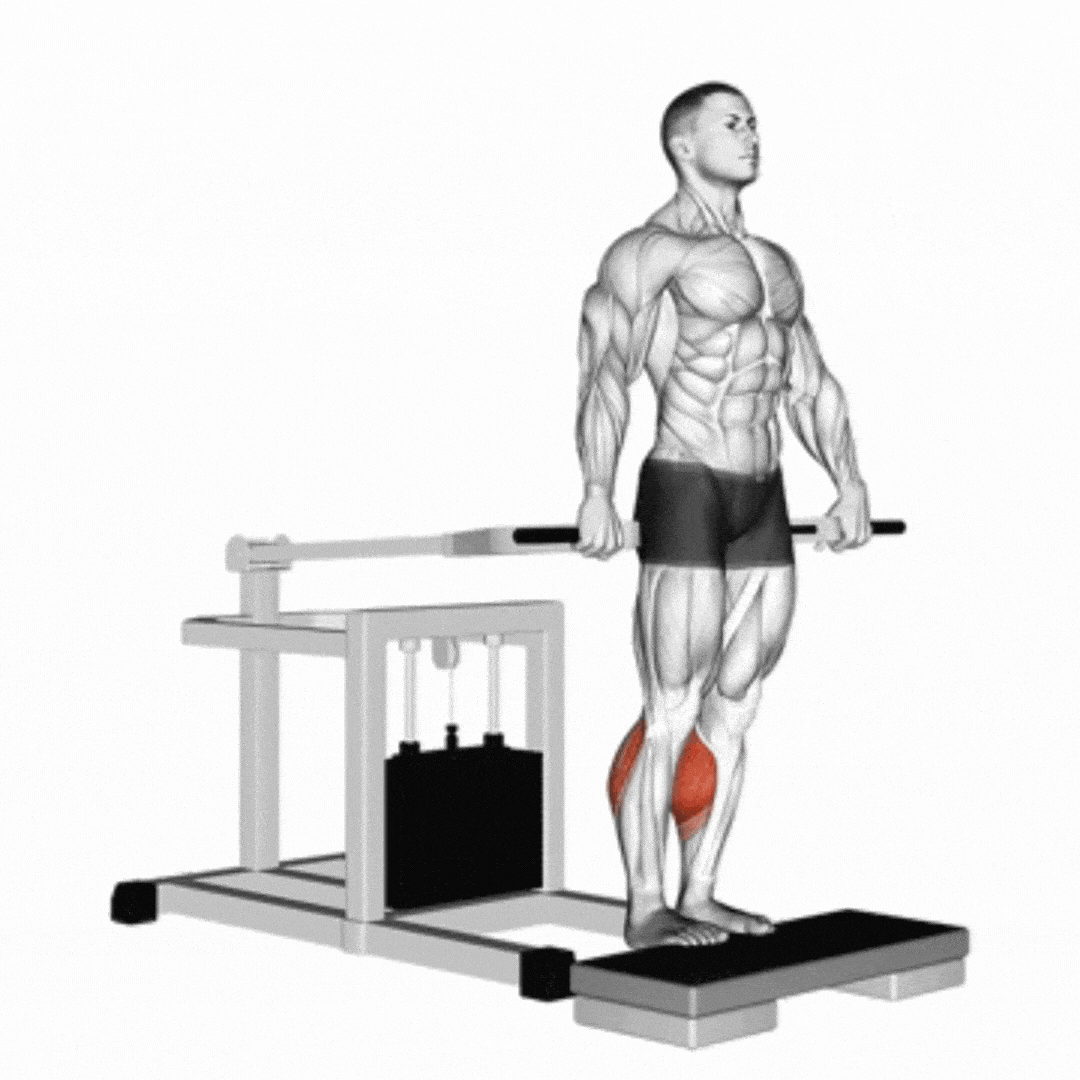
Standing Calf Raises
Target your soleus muscle and develop strong, defined calf muscles with standing calf raises. This exercise engages your lower legs and is perfect for building depth and tone.
Exercise Instructions Muscle Focus: Soleus Assisting Muscles: Gastrocnemius Exercise Type: Isolation Movement: Push
Starting Position
- Stand upright with your feet hip-width apart.
- Position your feet so that the balls of your feet are on the edge of a step or platform, and your heels are hanging off.
- Maintain a neutral spine and engage your core for stability.
- You can use a wall or a sturdy object for support if needed.
Execution
- Inhale as you slowly lower your heels below the level of the step, feeling a stretch in your calf muscles.
- Hold this stretched position for a count of one.
- Exhale as you raise your heels by pushing through the balls of your feet.
- Lift your heels as high as you can, feeling a contraction in your calf muscles.
- Hold the raised position for a count of two.
- Repeat the motion.
Completion
- Once you’ve completed your repetitions, return to the starting position with your heels hanging off the step.
Additional Tips
- Maintain control throughout the movement to maximize the effectiveness of this exercise and reduce the risk of injury.
- You can vary the intensity by adjusting the height of the step or platform.
- If you notice a difference in calf size or strength, you can perform the exercise one leg at a time to achieve balance.
- Remember that standing calf raises primarily target the soleus muscle, while also involving the gastrocnemius to a lesser extent. These exercises complement seated calf raises, which place greater emphasis on the soleus. Strengthening the soleus can contribute to overall calf development and definition.
Skipping Rope
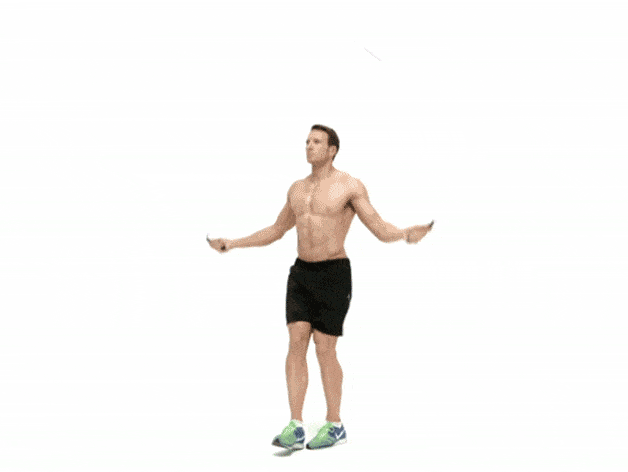
1.Choose the Right Rope:
- Ensure that your jump rope is the appropriate length for your height. To check, stand on the center of the rope with one foot, and pull the handles up towards your body. The handles should reach just below your armpits.
2. Proper Grip:
- Hold one handle in each hand with your palms facing forward.
- Your elbows should be close to your sides, and your wrists should be relaxed.
3. Start with Basic Jumps:
- Stand with your feet close together.
- Swing the rope over your head and in front of your body.
- Jump over the rope as it passes under your feet.
- Land softly on the balls of your feet, keeping your knees slightly bent.
- Use your wrists to turn the rope. Avoid using your entire arms for rotation.
4. Maintain a Rhythm:
- Find a steady, comfortable rhythm that works for you.
- Initially, focus on basic jumps and get used to the motion.
5. Avoid Common Mistakes:
- Don’t jump too high; a few inches off the ground is sufficient.
- Keep your core engaged for stability.
- Land softly to reduce impact on your joints.
- Avoid excessive arm movements; let your wrists do the work.
6. Gradually Increase Intensity:
- As you become more comfortable, try different variations, such as alternating feet, high knees, or double unders (two rotations of the rope for each jump).
- Challenge yourself with interval workouts, increasing the intensity and duration over time.
7. Breathing:
- Maintain controlled breathing throughout your workout.
- Inhale and exhale rhythmically with your jumps.
8. Cool Down and Stretch:
- After your jump rope session, cool down with a few minutes of light walking or stretching.
- Stretch your calf muscles, hamstrings, and hip flexors.
9. Safety Precautions:
- Ensure you have enough space to jump without obstacles.
- Be aware of your surroundings to avoid tripping or injuring yourself.
- If you’re new to jump rope or have any medical concerns, consult with a healthcare provider before starting.
10. Consistency is Key: – To improve your jump rope skills and fitness level, practice regularly. – Track your progress by gradually increasing the duration and complexity of your workouts.
The Power of Footwear
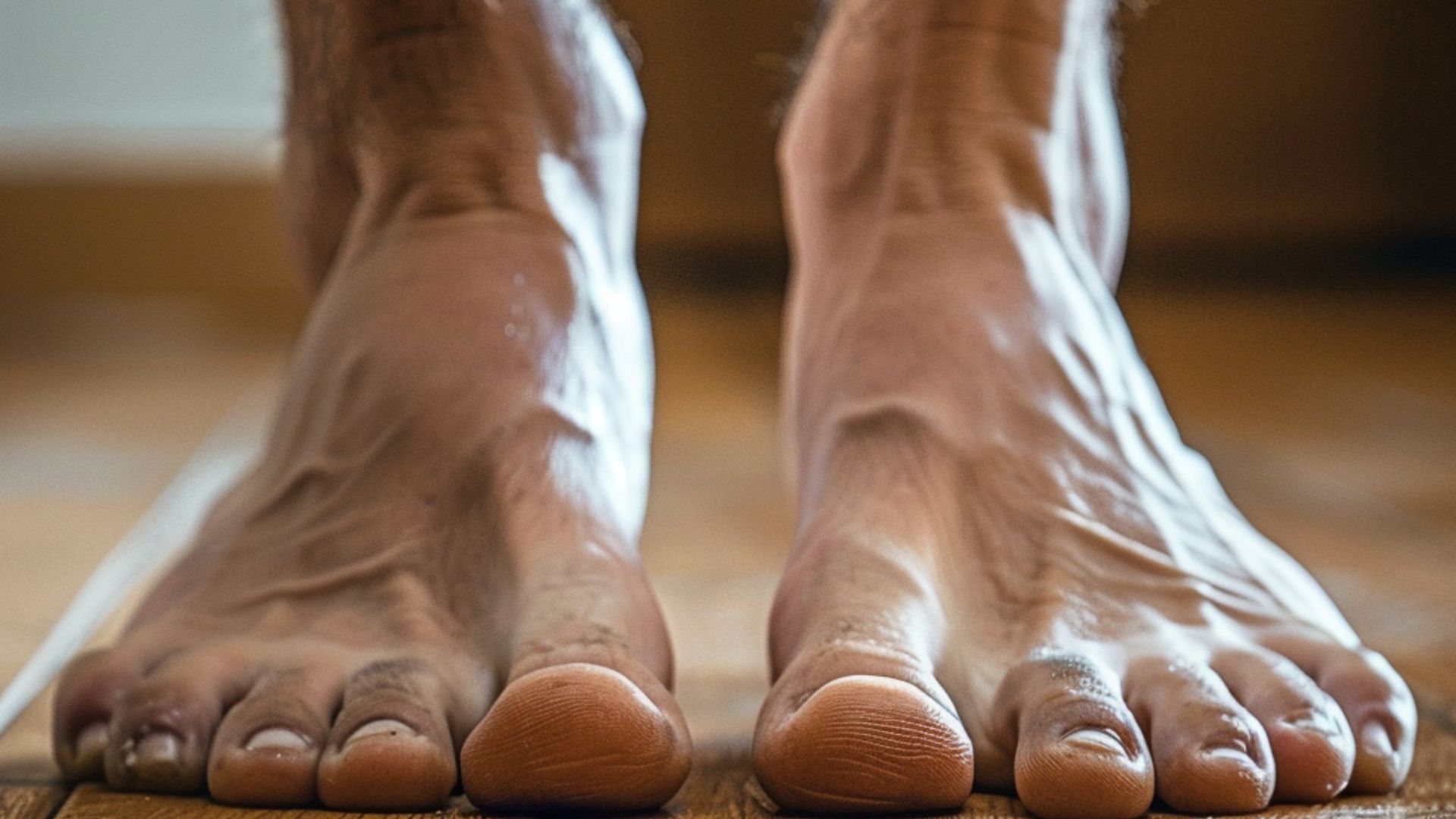
What Is Foot Proprioception?
Foot proprioception refers to your body’s awareness of the position and movement of your feet without visual input. It’s your ability to sense the ground beneath you, make subconscious adjustments for balance, and engage the muscles in your lower legs, including the calves, accordingly.
Flexible Shoes for Enhanced Proprioception
Traditional footwear with excessive arch support and cushioning can diminish your natural proprioceptive abilities. In contrast, flexible shoes allow your feet to move more freely and come into closer contact with the ground. This heightened sensory input can lead to better calf muscle engagement.
The Role of Stimulating Surfaces
Besides wearing flexible shoes, incorporating activities that expose your feet to various surfaces can significantly improve proprioception. Walking or exercising on uneven terrain, such as grass, sand, or gravel, challenges your calf muscles as they adapt to the changing ground beneath you. This strengthens your calves and improves proprioceptive feedback.
Minimalist Shoes
Minimalist shoes, characterized by their thin soles and lightweight design, promote foot proprioception by closely mimicking the sensation of barefoot walking. These shoes encourage your calf muscles to work more actively during daily activities, contributing to their overall strength. Get 30% off Vivobarfoot shoes here.
Solution for Poor Foot Posture: The best way to fix flat feet is by providing your feet with proper stimulation. The Foot Mechanics & Gait Cycle course covers techniques and intervention methods used to target poor foot posture and correct flat feet. Register here to begin a pain-free and healthy life!
How long does it take to see results in calf muscle development?
Results vary from person to person, but with consistent effort, you can notice significant improvements in 4-6 weeks.
Can genetics affect calf muscle development?
Yes, genetics can play a role in calf size, but proper training and nutrition can still lead to substantial improvements.
Are there any calf exercises to avoid?
Exercises like donkey calf raises with excessive weight should be avoided to prevent injury.
Do calf muscles require different training than other leg muscles?
Yes, calf muscles have a unique structure and require specialized exercises for effective development.
Can I do calf workouts at home without equipment?
Yes, you can perform calf raises on a step or with improvised weights like water bottles.
How can I prevent calf muscle cramps during workouts?
Stay hydrated, warm up adequately, and stretch your calf muscles before and after workouts to minimize cramping.

Learn about the crucial role of foot anatomy in gait cycles and discover strategies to identify and correct common issues that impair movement and cause discomfort.
